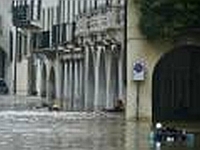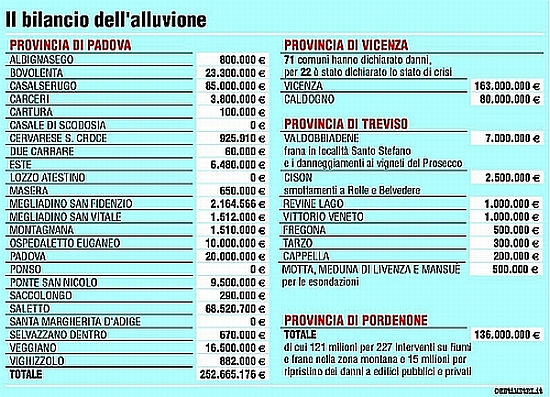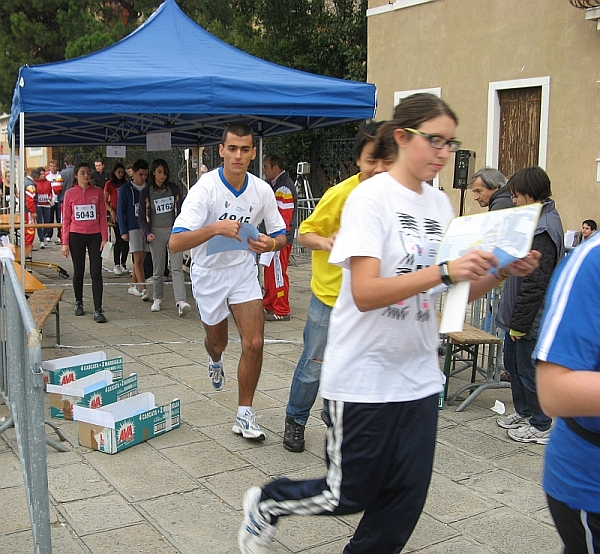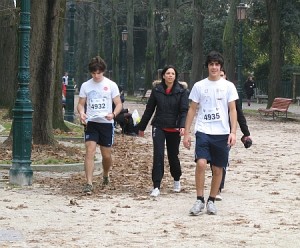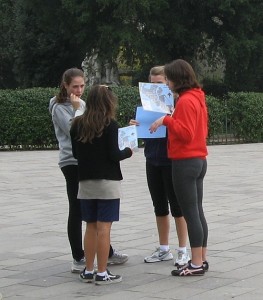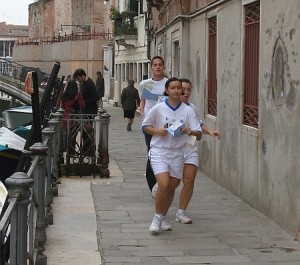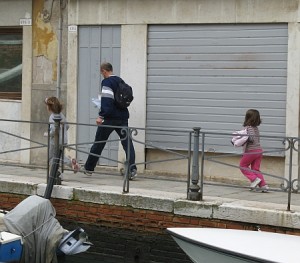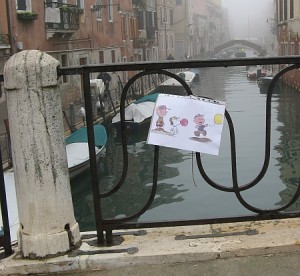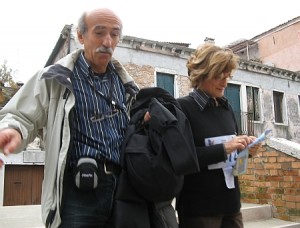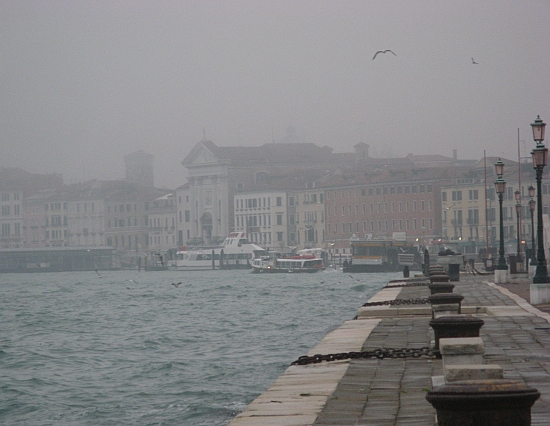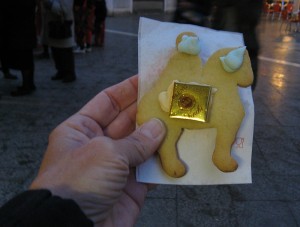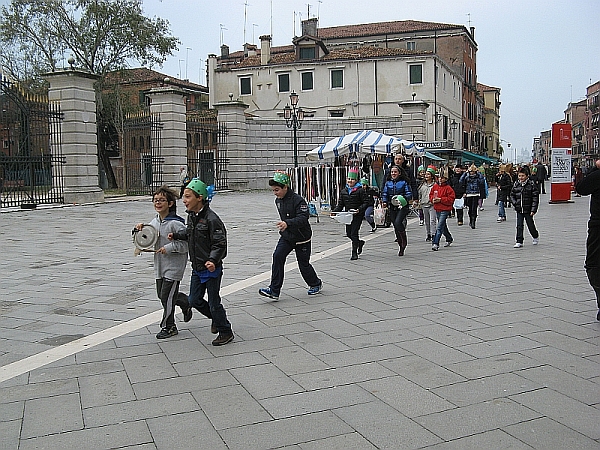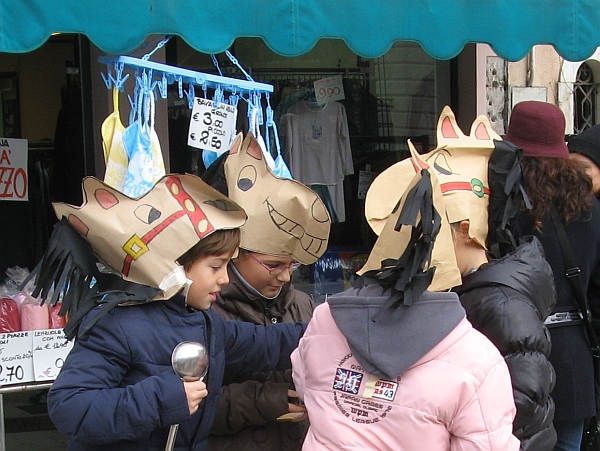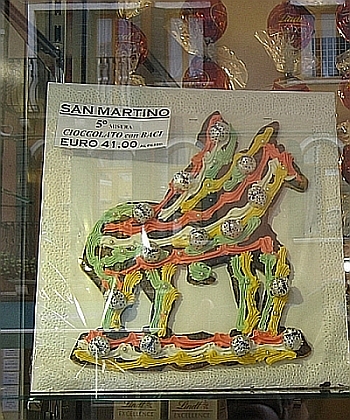If anything has ever happened to you which was totally not your fault, but for which you are going to be massively penalized, read on.
We know that air travel can sometimes seem like a penalty in itself. Missed connections, or canceled flights, or harassed cabin staff, or getting stuck sitting next to a drunk, just-divorced cement mason whose wife got the dog. Oh, and lost luggage too.

Yes, if you check your portmanteau you may have worries bigger than crying babies and overpriced beer. Especially if you’re a 25-year-old Serbian tourist who may not have developed the finely honed instincts of a frequent flyer when it comes to finding the best way to resolve any problems.
I refer specifically to a young man whose initials are D.V. (perhaps you know him?) who was flying from Ankara to Venice via Vienna a few days ago.
He checked his bag. But his bag did not arrive on the carousel at Marco Polo Airport when he did. Obviously he couldn’t know which leg of the itinerary had snagged his valise, but he wasn’t happy.

So far, so normal: Long trip, check. Being tired, check. Huge annoyance on arrival, check. So he went to report it, and also made it clear just how hugely annoyed he was. Do you people not know how to do your jobs, fer cripes’ sakes? Or however they say it in Serbian.
Good news! They found it! It only took four days, but they got it. They notified him and he went straight to the airport to claim it.
Bad news! They looked inside it! And there, all bundled up safe and sound behind a fake panel, right where he’d stashed it, they — the Guardia di Finanza — found 2300 grams (five pounds) of pure heroin. Street value: One million euros ($1,369,480, or 107,171,684 Serbian dinars).
Back to his question about job skills: I’d say that while the baggage handlers at one of the three airports were pretty incompetent (including the fact that, unlike baggage handlers in many places, they didn’t look inside that lonely little suitcase sitting there all by itself), the gendarmes at Marco Polo were at the top of their game.
So now D.V. has been arrested for international drug trafficking and is looking at a probable 8-20 years in the bastille. Plus he doesn’t have the doojee anymore, which is now a whole lot more irritating to his employers than it is to him. It is a situation compared to which sitting next to a depressed cement mason would begin to seem, as they say here, a Carnival ball.
This is at least an interesting twist on a depressingly routine subject; drug runners arriving at the airport usually have stomachs full of condoms crammed with cocaine. The latest, a few days ago, was a certain M.R.A., a 19-year-old Pole, who was caught with nearly 2 kilos, or 4 pounds, of the stuff inside him. Or else you’ve made the journey via ferry from Greece, origami’ed inside somebody’s vehicle with no food, water or air for two days.

Just a note about the Polish kid: He was admittedly waving a fistful of red flags, to so speak. He was visibly nervous. He flew in from Istanbul. He had no luggage. He had very little cash. His roundtrip ticket was booked for a very short stay in Venice. Is he coming to visit his dying aunt? Only if she’s in the next cell.
So many, many questions and thoughts roil through my brain on a cold, foggy afternoon here. Such as:
While it’s obvious that attempting to board a plane (or two) carrying heroin in your hand luggage would be infinitely stupider than checking it, I keep wondering why his employers wanted him to fly. Aren’t there trains? Rental cars? Dogsleds?

And: If he had to check it — which he did — why didn’t he borrow the defensive stratagem of photographer I once knew, and stencil the outside of the suitcase UROLOGY DEPARTMENT VISNJIC (or whatever his last name is) HOSPITAL?
And: Does he realize how very, very lucky he is to be in jail now, where maybe his extremely irritated employers can’t get at him? He must be doing laps around the rosary hoping to get the maximum sentence.
If he wasn’t religious before, I bet he is now.

